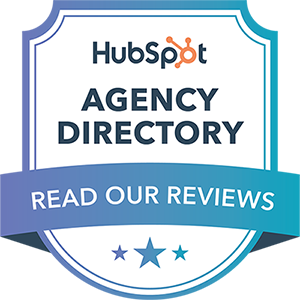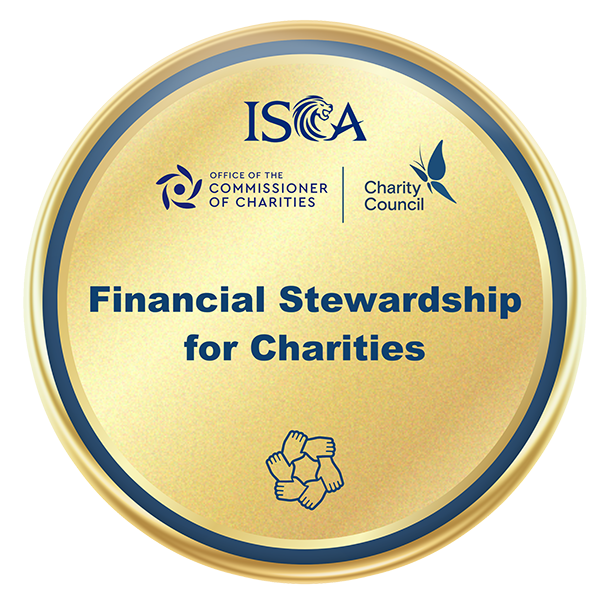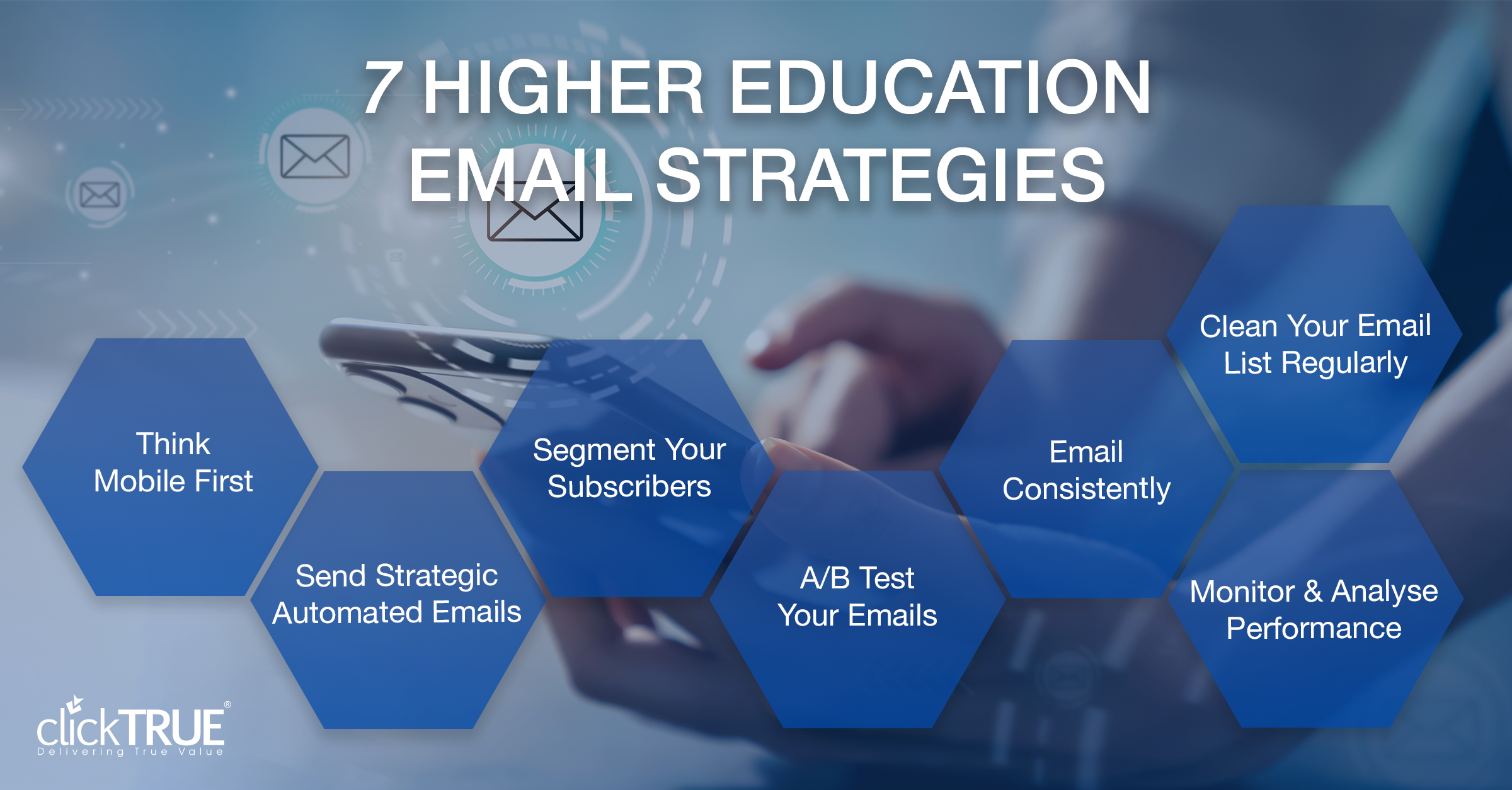
Singapore's average email marketing open rate is 12.97% while the click-to-open rate is 14.68%. But do you know that the open rate for the education industry is amazingly high at 22.42%? (Source: GetResponse).
That is why email is one of the most effective channels to communicate and connect with your audience. In fact, email marketing is the second revenue contributor for one of our education clients.
But what makes this relationship builder so effective in student recruitment? Here are 7 email marketing strategies that deliver value and increase student enrolment.
1. Think Mobile-First

In today's world where people are becoming more tech-savvy, you need to ensure that your emails are designed for the small screen. Most people today own a smartphone and are checking their emails primarily on their mobile devices.
This means that your emails need to look great and are easy to use on mobile devices. Do consider fat fingers when optimising your email design. Here are some optimisation tips for mobile-friendly emails:
-
Font should be large enough to be read on the small screen
-
Call-to-action (CTA) buttons should be big
-
Links shouldn't be placed too close to each other
-
Don't include images that require pinching to zoom in and out
To market your school, you need to ensure that the mobile experience is as great as the desktop experience. Most email marketing software has mobile-friendly email templates. You can create your emails based on these designs. However, do remember to check your email on various mobile devices (Apple, Samsung etc.) and email service providers (Gmail, Outlook etc.) before sending. This way, you can identify formatting and design errors beforehand (and get them fixed) and ensure that your email is consistent across all devices and email service providers.
2. Send Strategic Automated Emails
Nurturing leads, both students and their parents, can be difficult and time-consuming, especially when you're not leveraging email marketing automation to automate mundane follow-up emails.
Follow-up emails are crucial in delivering results. By deploying email marketing automation to strategically send the right emails to the right leads at the right time, you can send personalised emails to students at various stages of their enrolment journey.
Bonus Tip 1. Understand Student Enrolment Journey
 Source: HubSpot
Source: HubSpot
According to HubSpot, the buyer's journey is a buyer's path to purchase. They go through a process to become aware of, consider and evaluate, and decide to purchase a new product or service. There are 3 stages: Awareness, Consideration and Decision.
This also applies to a potential student who is thinking to enrol in a school.
-
Awareness: might not know that they need higher education
-
Consideration: know that they need higher education & establish a goal (eg. career advancement) but are unsure & exploring various ways to reach their goal
-
Decision: decided to attend a local university/international college/private institution
For example, you could consider sharing content about the benefits of pursuing a diploma, degree, masters or executive education for prospects in the awareness stage.
The key is to align content to your prospects' stage in the buyer's journey.
Bonus Tip 2. Build Your Welcome Email Series First
Welcome email series are a series of emails sent to new contacts who subscribe to your email list. The core message usually revolves around "Hello and thank you for subscribing!"
This is your chance to build and maintain customer interest. The moment after they signed up for your newsletter is when they're most excited. Take this time to introduce your school and move these prospects down the funnel: tell the story of your school and its programmes and what makes them special. For instance, you could highlight your school's achievements and rankings, benefits of the various programme, campus life and alumni testimonials.
Bonus Tip 3. Set Up Lead Nurturing Drip Campaign
.png?width=960&name=Email%20Drip%20Campaign%20Schneider%20Electric%20(1).png)
You can also consider setting up a series of emails that revolve around the different pain points, doubts, possible questions and inhibitions of your target student. The content should answer questions, address pain points, arouse curiosity and encourage further engagement.
These emails can be automated to be sent at designated times to slowly push prospective students towards the bottom of your funnel, while softly prompting them to take the next step towards the application process. One tactic would be to provide them with valuable information while creating a “program scarcity” so they act fast and register for your programme before it’s too late.
Before developing your tactical email marketing plan, you must have a strategy. What is the outcome that you want? What are the key metrics that you should focus on? You should start by looking at the big picture and defining your goals. Next, you need to make these goals SMART (Specific, Measurable, Attainable, Relevant, Time-Bound). From here, you can then plan the various tactics, pull in your email marketing experts, set your KPIs and measure your campaign performance.
3. Segment Your Subscribers
As mentioned, email marketing is an effective channel in turning prospective students into enrolled students. Hence, building an email list is crucial. This includes both prospects, current students and alumni who have given you consent to communicate with them via email.
It is important to segment your list so you put your contacts into different buckets and send tailored content. Here are some suggested groups when segmenting your subscribers:
-
Prospective students
-
Students who started the application process
-
Enrolled/Active students
-
Alumni
Within each segment, you can further refine them. Prospective students can be segmented by programme interested, lead status and lifecycle stage. For instance, warm leads would be prospective students who downloaded a programme brochure while hot leads would be prospective students who chatted with your admissions team.

You can then choose to follow up with more engaged prospects. This can be done simply by including a stronger CTA in your email, such as "apply for the programme now" (rather than "learn more about the programme"). Also, ensure that you speak in a voice that resonates with your prospects. Your audience might be different according to the various programmes. For instance, you may use a sophisticated tone and specialised language when crafting emails for senior leaders who are interested in your postgraduate programmes.
Ensure that your email content is human-centric. Your prospective students should feel like they're interacting with humans, not a marketing campaign or robot.
4. A/B Test Your Emails For Continuous Improvement

A/B testing is where you test different variants and gain valuable insights for future campaigns. These incremental improvements are key to continuous improvement. However, many enrolment management and higher education marketing teams fail to conduct them regularly due to a lack of time and resources.
A/B tests don't have to be done on a large scale. Rather than creating another version of your email, you could create a simple email subject line alternative. This simple A/B test will allow you to figure out what resonates with your prospective students and thus, lead to higher open rate.
Here are some elements in the email that you can test
-
Subject lines
-
Headlines
-
Call-to-action buttons
-
Content
-
Images
-
Tone: eg. formal, friendly
-
Length: short vs long
-
Send times: time of the day, day of the week
-
Email frequency: weekly, biweekly, monthly
-
Format: plain text vs HTML
5. Email Consistently: Create A Regular Schedule & Stick To It
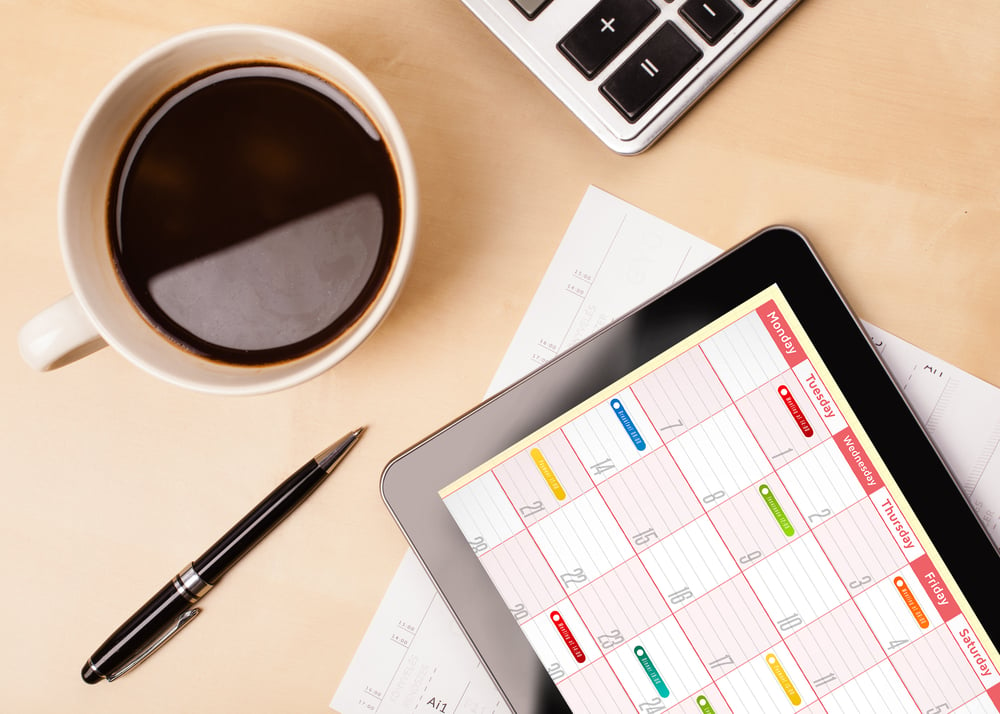
Similar to blogging, email marketing isn't a one-and-done type of strategy. You need to email your subscribers regularly to build relationships.
Hence, consider creating an email schedule so you can plan content in advance and maintain frequent contact. This is especially important for prospective student where they signed up for your newsletter and are interested to learn more about your school and programmes. The first few days are when they are most excited so leverage this with a welcome email sequence.
Bear in mind that you need to strike a balance between regular communication and sending too many emails (that might make you look spammy). Prospective students will need more frequent emails since their excitement is high. On the contrary, enrolled students will benefit from weekly/monthly emails containing announcements, events and updates.
6. Monitor & Analyse Performance

Continuous improvement is a key element for successful email marketing.
This starts by monitoring and analysing the performance of your email campaigns. Bearing in mind the goal of engaging your subscribers, you need to ensure that KPIs are met. Here are some metrics that you should track
-
Open Rate: percentage of the total number of subscribers who opened an email campaign
-
Clickthrough Rate: percentage of people who clicked on at least one link in your email message
-
Unsubscribe Rate: percentage of users who have opted-out from the mailing list after an email campaign
Unsubscribe rate, for instance, is useful in shedding light on the effectiveness of your targeting. Which emails are prompting subscribers to leave? Are you sending too often? Does your frequency need adjusting?
By analysing the results, you can refine your strategy and ensure that your emails are relevant. A/B testing would be important to figure out what works and what doesn't.
7. Clean Your Email List Regularly
Most email marketing software charges by the number of subscribers you have. Hence, an email list requires maintenance to remain cost-efficient.
Bad addresses, unsubscribers and inactive recipients are a drain on resources and put your email messages in danger of being labelled as spam by Internet Service Providers (ISP). You don't want to get on the bad side of Gmail, Outlook or Yahoo and make your emails land in the dreaded spam folder (and thus, reducing the likelihood of your subscribers even opening your emails).
Do check your bounce rate. A bounced email means the address is invalid and hence, should be removed from your database. Either the subscriber entered the address incorrectly or the account was closed.
On the other hand, recipients that don’t open your emails or open them but don’t take the desired action may need a re-engagement email. A simple “update your contact information” request may be enough. You can also send surveys or offer premium content such as an eBook outlining financial aid opportunities. However, if a subscriber fails to re-engage after one or two re-engagement efforts, it may be time to remove the address from your database.

There are online tools for email list cleaning such as NeverBounce which ensure that your emails are delivered. For inactive subscribers, you can create this automatically in your email marketing software or manually create it with specific rules (eg. subscribers who have not opened your emails in the past 6 months).
Just remember to create a schedule or set reminders to clean your email list regularly so you don't waste time, money or resources.
Pair Email Marketing With Other Marketing Channels
In addition to email marketing, there are many other channels to increase student enrolment. For our education client that we mentioned earlier, sales interaction and paid ads also contributed to revenue.
How did we do this? Our team has planned from the beginning on how to leverage the strengths of each marketing channel and supercharge our client's student enrolment numbers.
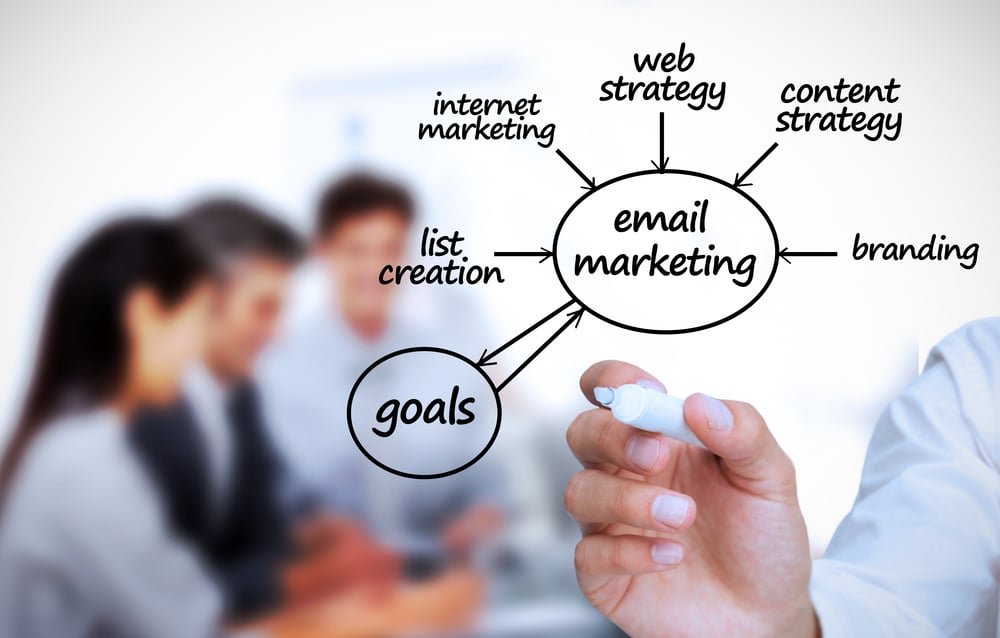
Watch our webinar on how you can increase student enrolment and turn post-COVID'19 from disruption to opportunity. You'll learn to pinpoint channel and content that drive your recruitment pipeline and see the full user journey from first click to enrolment.

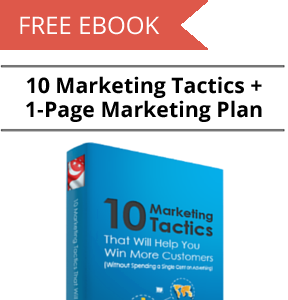
 hello@clicktrue.biz
hello@clicktrue.biz
 info.my@clicktrue.biz
info.my@clicktrue.biz info.th@clicktrue.biz
info.th@clicktrue.biz info.id@clicktrue.biz
info.id@clicktrue.biz info.vn@clicktrue.biz
info.vn@clicktrue.biz

